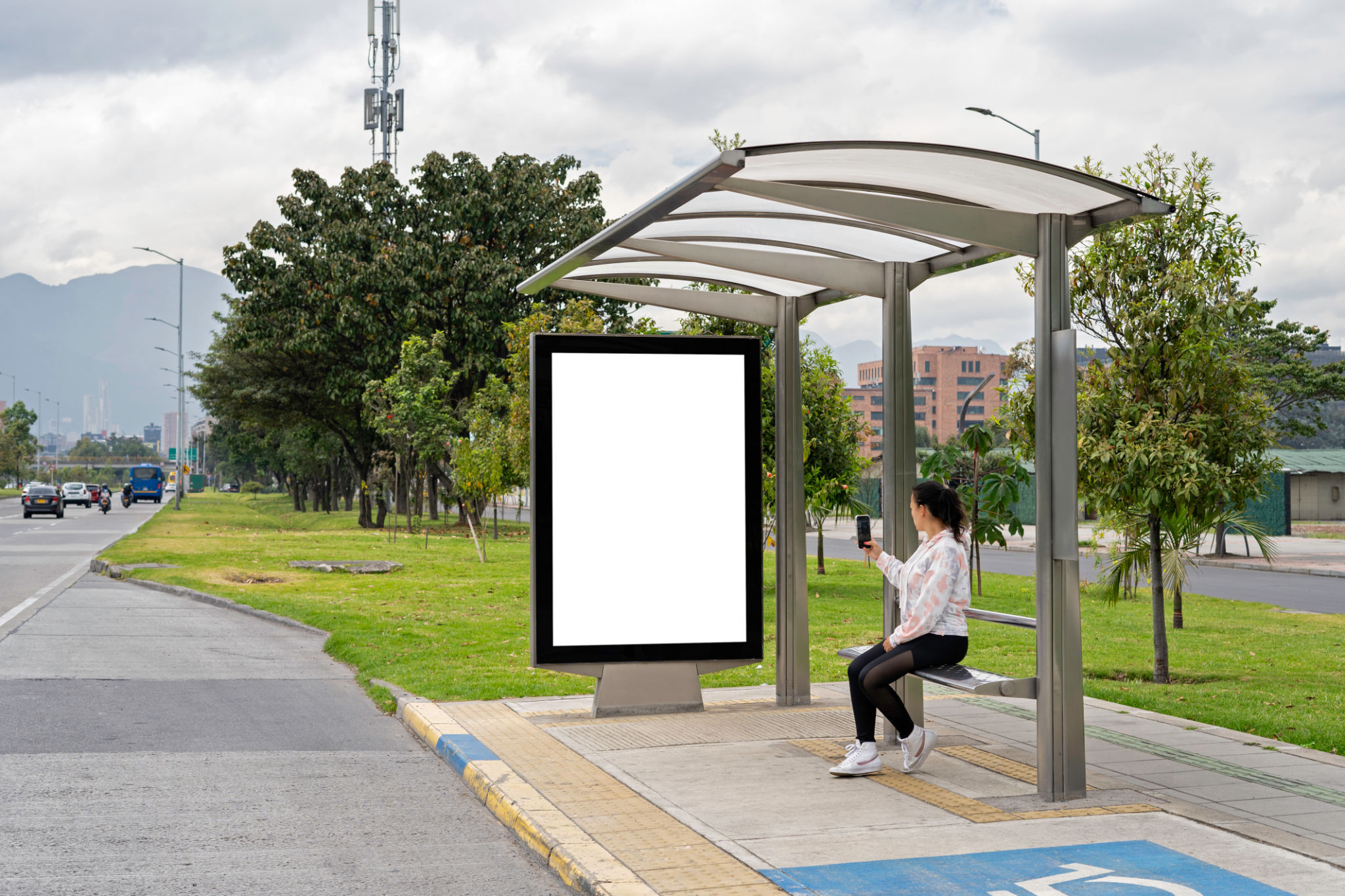Common Misconceptions About Mobile Billboard Advertising: Debunked
Understanding Mobile Billboard Advertising
Mobile billboard advertising has gained popularity as a dynamic and eye-catching way to reach potential customers. However, several misconceptions about this form of advertising persist, potentially deterring businesses from leveraging its benefits. In this post, we aim to debunk some of these common myths surrounding mobile billboard advertising.

Misconception 1: Mobile Billboards Are Expensive
One prevalent myth is that mobile billboard advertising is costly. However, when compared to traditional advertising mediums like television or radio, mobile billboards can actually be more cost-effective. This is because they offer flexibility in terms of targeting specific geographic locations without the recurring costs of other media.
Moreover, the ability to reach a wide audience on the move adds value to every dollar spent. Businesses can choose routes that maximize visibility and tailor campaigns to fit their budgetary constraints.
Misconception 2: Limited Reach and Engagement
Another common misconception is that mobile billboards have limited reach. In reality, these advertisements travel through high-traffic areas, ensuring exposure to a diverse audience. This mobile nature allows businesses to reach people who may not engage with traditional stationary billboards.

Furthermore, mobile billboards often garner more attention due to their novelty and movement. They stand out in a sea of static ads, making them memorable and engaging for viewers.
Misconception 3: Ineffectiveness in Brand Recall
Some argue that mobile billboards are ineffective in creating brand recall. However, studies show that moving advertisements are more likely to catch the eye and be remembered than static ones. The unique nature of mobile billboards makes them an effective tool for enhancing brand visibility and recall.
A well-designed mobile billboard can leave a lasting impression, especially when combined with complementary digital marketing strategies.

Misconception 4: Difficulties in Measuring Effectiveness
Measuring the effectiveness of mobile billboard advertising is often seen as challenging. However, with advancements in technology, tracking results has become more feasible. GPS tracking can provide data on the routes taken and the exposure received by the advertisement.
Additionally, incorporating QR codes or unique URLs on the billboards can help track engagement and drive customers to specific online platforms, providing measurable insights into campaign success.
Conclusion
Mobile billboard advertising offers a unique blend of flexibility, reach, and cost-effectiveness that many traditional forms of advertising cannot match. By debunking these misconceptions, businesses can better understand the potential of mobile billboards to enhance their marketing strategies. Embracing this innovative approach can lead to increased brand awareness and a broader customer base.
